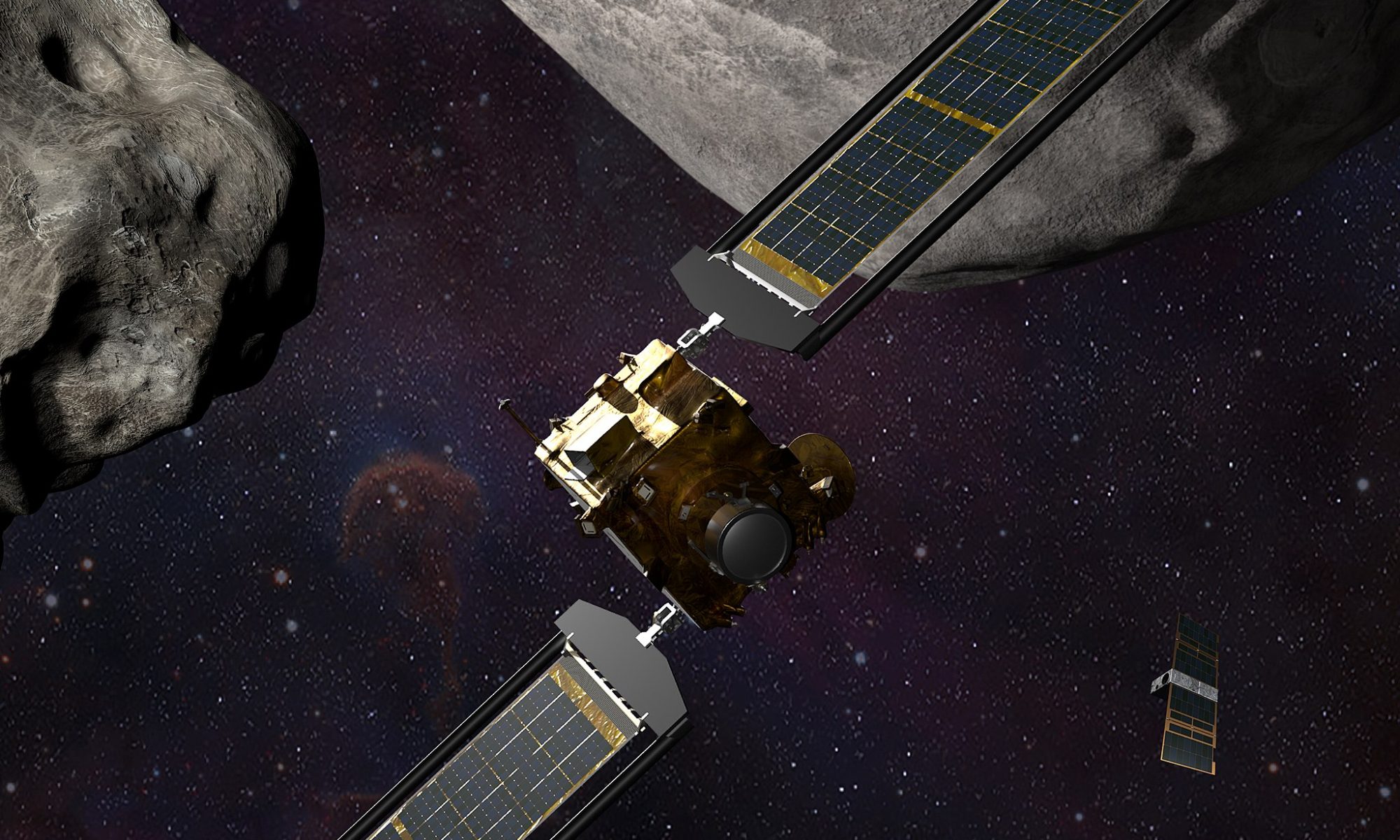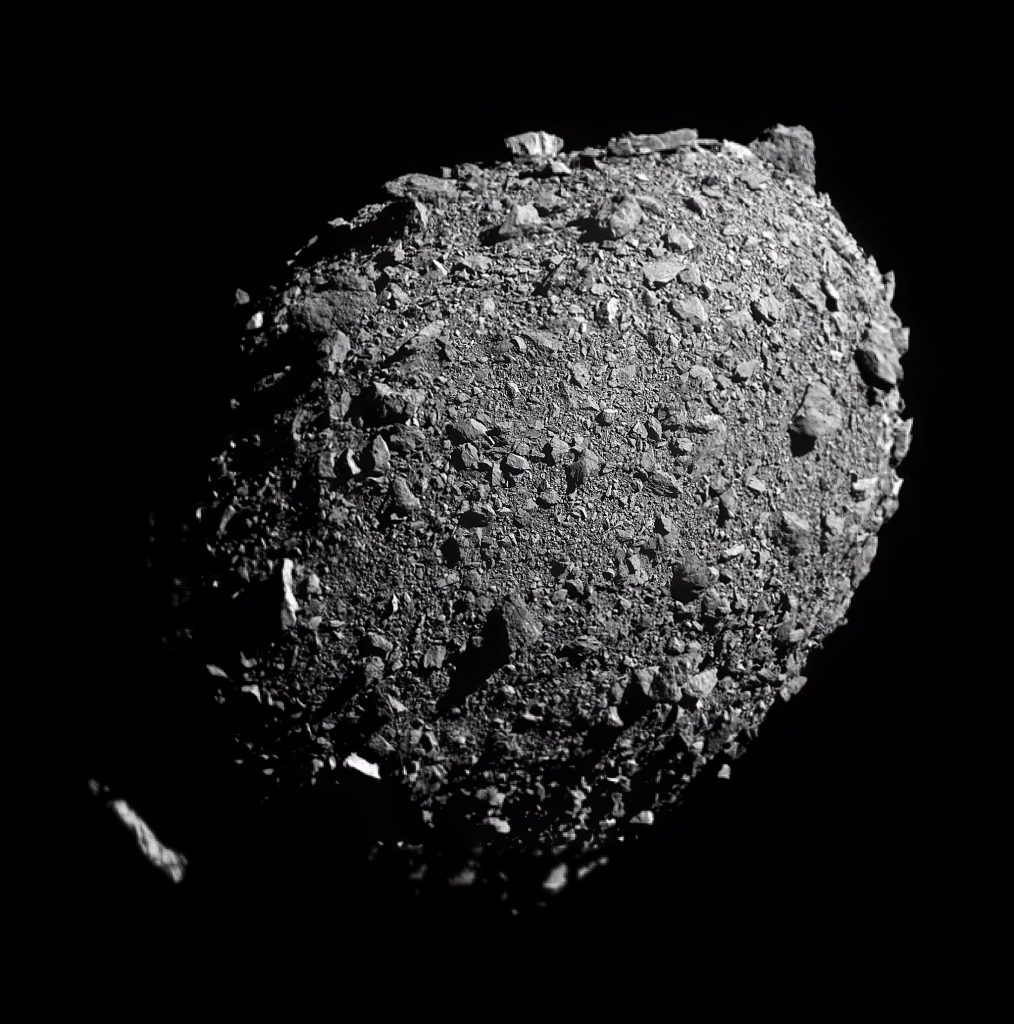Setup and Optimize the National Instruments PXI-5441 Waveform Generator
The National Instruments PXI-5441 is a powerful PXI waveform generator designed to support high-speed waveform downloads up...

On September 26, 2022, NASA’s Double Asteroid Redirection Test (DART) Mission successfully collided with the asteroid “Dimorphos”. While this relatively small asteroid does not pose a threat to Earth, it provided the perfect target to test NASA’s ability to steer a spacecraft to contact an asteroid in order to divert it. While DART is the first mission of its kind when it comes to testing full scale planetary defense, it is only a part of NASA’s Planetary Defense Coordination Office (PDCO), which was established in 2016.
When we think of defending the Earth, we usually think of tactical military force or natural disaster preparation. Objects from space entering our atmosphere and causing destruction is not often a threat we consider needing to defend ourselves from, but it has been proven to happen.
As recently as 2013, a meteor entered Earth’s atmosphere over Chelyabinsk Oblast, Russia. The ensuing fireball exploded into multiple small meteorites, creating a bright flash that was temporarily brighter than the Sun. While the majority of the object’s energy was absorbed by the atmosphere, the explosion generated a powerful shock wave that ranged between 26–33 times as much energy as was released from the atomic bomb that was detonated in Hiroshima during WWII.
While this incident did not result in any fatalities, it did lead to 1,500 people seeking medical attention. It served as a clear reminder of the importance of identifying Near-Earth Objects (NEOs) before they become Potentially Hazardous Objects (PHOs).
While the official PDCO was established in 2016, NASA has been making planetary defense efforts part of their mission since the National Aeronautics and Space Administration Authorization Act of 2005.
The work of the PCDO not only identifies potential threats to the Earth, but increases scientific understanding around the globe. In short; the PCDO assesses Near Earth Objects, searches / detects / tracks potential threats, characterizes objects outside our atmosphere, plans / coordinates necessary responses with international entities, and mitigates hazards through missions like DART. In order to identify and alert of any impact risk, the Center for Near Earth Object Studies computes orbits for newly discovered asteroids and conducts long-term evaluations of potential future locations of dangerous asteroids relative to Earth. In the case of an anticipated impact, CNEOS determines the impact time and location.
If a Potentially Hazardous Object were to come close enough to Earth to cause concern about a chance for impact (defined as a chance that is >1% within the next 50 years), the PDCO would be responsible for providing NASA with the notifications that will be sent directly to the president, US Congress, and other government agencies- as well as to the media / public.

NEOs are found and tracked by using ground-based telescopes located globally. One of these, the NEOWISE, is an infrared telescope. Searching for tiny moving objects against a background of relatively stable stars is the fundamental strategy for discovering NEOs, which can be tracked by using initial observations to predict orbits. The observers using these telescopes all send their data to a worldwide database managed by the Minor Planet Center.
Upon impact, the DART spacecraft had a total mass of about 1,320 pounds. It is 5.9 feet wide, 6.2 feet long, and 8.5 feet high. When its two solar arrays are fully deployed, it reaches a length of 27.9 feet.
DART is the first mission ever created with the specific goal of researching and demonstrating an approach to asteroid deflection that involves kinetic impact to alter an asteroid’s motion in space. After a 10 month journey, DART was successful in impacting “Dimorphos”, an asteroid bigger than the Statue of Liberty that orbits the larger asteroid “Didymos”, which is hundreds of meters taller than the One World Trade Center in New York City.
DART was built by NASA’s Applied Physics Laboratory (APL), who included a camera to take photographs and also assist with autonomous optical navigation. DART uses a number of cutting-edge technologies, including SMART Navigation– which stands for Small-body Maneuvering Autonomous Real Time Navigation. This system runs using algorithms that autonomously guide the spacecraft toward its target by using decades of missile guidance knowledge. SMART Nav operates on a revolutionary computer called CORESAT, which was also developed by APL and is firmware based.
The NASA NEXT-C ion engine, created by Glenn Research Center in partnership with Aerojet Rocketdyne, is powered by DART’s solar arrays. This brand-new technology is being developed for use in later missions.
While the Earth is currently not in any danger from NEOs, the research conducted by the Planetary Defense Coordination Office and its international partners brings peace of mind. While we currently don’t need technology to deflect an imminent threat, the success of DART shows that if the unexpected should arise, we are more equipped to defend ourselves now than ever before.
Additional Information:
https://www.nasa.gov/specials/pdco/index.html
https://cneos.jpl.nasa.gov/
https://en.wikipedia.org/wiki/Chelyabinsk_meteor
A monthly email packed with valuable content—industry news, tutorials, obsolescence updates, and more. No sales pitches, just insights we think you'll find helpful!
The National Instruments PXI-5441 is a powerful PXI waveform generator designed to support high-speed waveform downloads up...
Companies in almost every industry are being transformed by artificial intelligence, and autonomous machines are...
The PXIe Platform from National Instruments offers an incredibly valuable toolset for test and measurement innovation. Its...
It is no secret that simulation and testing is an important part of designing circuits....